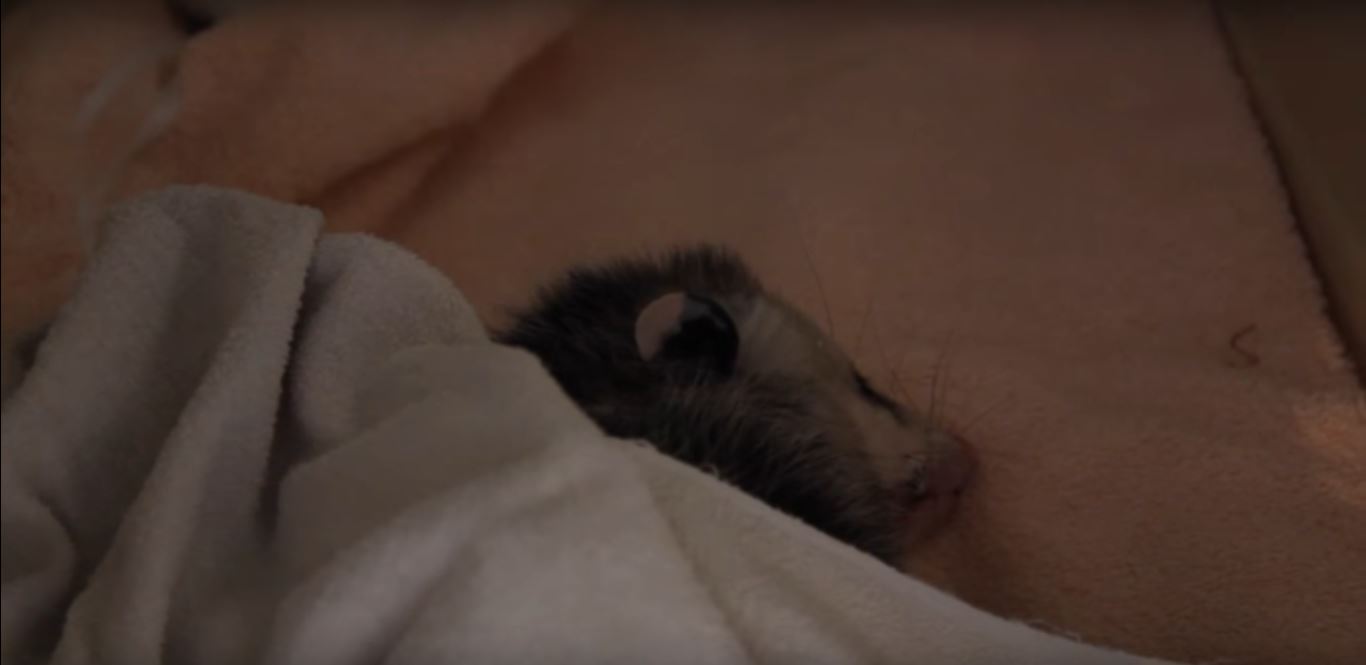What Diseases Do Opossums Carry?
Opossums belong to the order Marsupiala and this order also includes animals such as koala and kagroos. The mother
gives birth to a fetal resembling young one after a brief period of gestation and youngone after this is kept under
care for an extended time period. Generally it is believed that marsupials are actually non-placental Hampton Roads mammals where
generally the females carry their young ones inside pouch and it provides proper environment to the developing baby.
This is an important point that should always be kept in mind because you will get a better idea related with living
habits and adaptations, which have been acquired by these Virginia animals in a convincing fashion. The pouch also possesses
placenta, which is actually non-invasive and works in nutrients as well as waste transfer for a shorter time period.

As the placenta is not long lasting it therefore gets very much important that young one should be born early after a
shorter gestation period. In fact at the time of birth Hampton Roads marsupials are actually embryos after being born the young one
should climb with a swimming motion up fur for the abdomen of female. Breeding season of the opossum in Virginia can
start in early part of December and it continues through October and most of the infants are generally born between
the months of February to June. Female opossums can have 1 to 3 liters per year during mating seasons males attract
females and for this they make clicking sounds with their mouth.
Female Virginia opossums are spontaneous ovulator and possess estrous cycle of almost 28 days. Sperm moves through lateral vaginal
canal and reaches the tract of female. If fertilization takes place the egg moves from the region of oviduct to uteri where
gestation takes place for a shorter time period prior to being delivered via medial vagina or the central birth canal. After
11 to 13 days of mating 20 infants may be born however on average litter includes 8 to 9 infants. At the time of birth infants
have to make longer as well as difficult journey from the area of birth canal to pouch for continuing their development. Infants
generally latch upon teat and their development continues. Mother provides great assistance here by licking hairs which lead in
the pouch. Teats swell in the mouth of infant and help it for staying attached for a period of two months also it acts as a source
for the delivery of nutrients. Young ones stay in pouch for two to two and a half month. When these normally become too large for
fitting inside pouch these actually climb on the back of mother.
Two major consequences are brought by the breeding season. First of these is that, males actually extending their ranges towards
searching mates and during this procedure they get more exposed to injuries as well as death. Secondly female containing young one
is not in a position of learning fast and it has to forge early in morning as well as evening.
Visit our Hampton Roads wildlife control home page to learn more about us.

